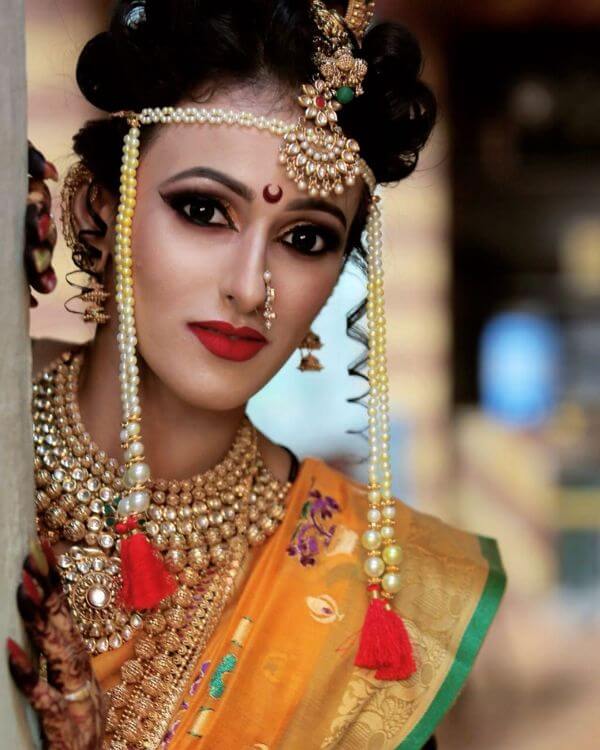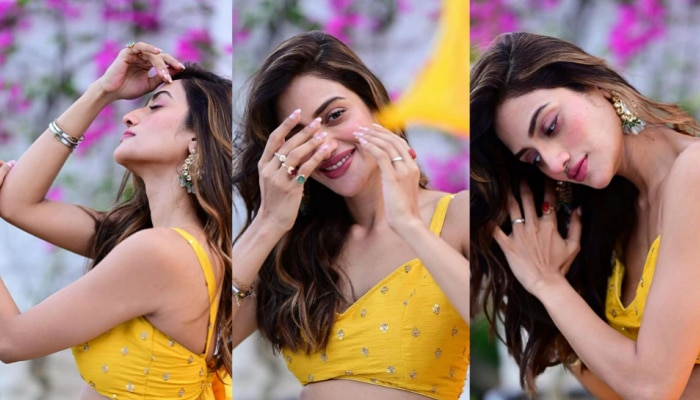

Drape the border tightly and then wrap it around the back and tuck it to the left.

Use a safety pin to protect the pleated pallu on the left shoulder.

Drape them from front to back and right to left. Begin making tidy pleats along the pallu with the width of the saree.Tie the left end of the saree to the right side of your neck. First and foremost, drape your saree around your waist, leaving plenty of fabric on the right side.Simply follow these steps to learn the draping style: This draping style binds them to Marathi culture's heritage and values. Many older women still wear this form of Marathi saree in Maharashtra. The draping of a traditional Nauvari saree is also very close to how it was invented. Brides in Marathi weddings usually wear nauvari sarees as wedding sarees during the rituals. Maharashtrian women introduced the nauvari saree, which resembled a male trouser, to allow for easier movement.

During the Maratha law, it is said that women were tasked with assisting their fellow male warriors. The popular and most common way of draping a saree is the Nauvari, which is named after a nine-yard long saree. Let us discuss the types of nauvari saree draping in this blog: Traditional Nauvari Saree Saris, on the other hand, need different lengths for different drapes. The majority of drapery types, like food and languages in India, are regionally specific. If you look up "How to drape or wear a Sari," you'll find a lot of details. Since it's just a long piece of cloth, a Sari can be draped in a hundred different ways. Maharashtrian saree styles are famous for traditional events such as festivals and weddings. A traditional saree is 5.5 to 6 metres long, whereas a Nauvari saree is 8 metres long or longer. It is known for its long length of 9 yards (8.23 meters). The Nauvari saree is a traditional saree from Maharashtra, India.


 0 kommentar(er)
0 kommentar(er)
